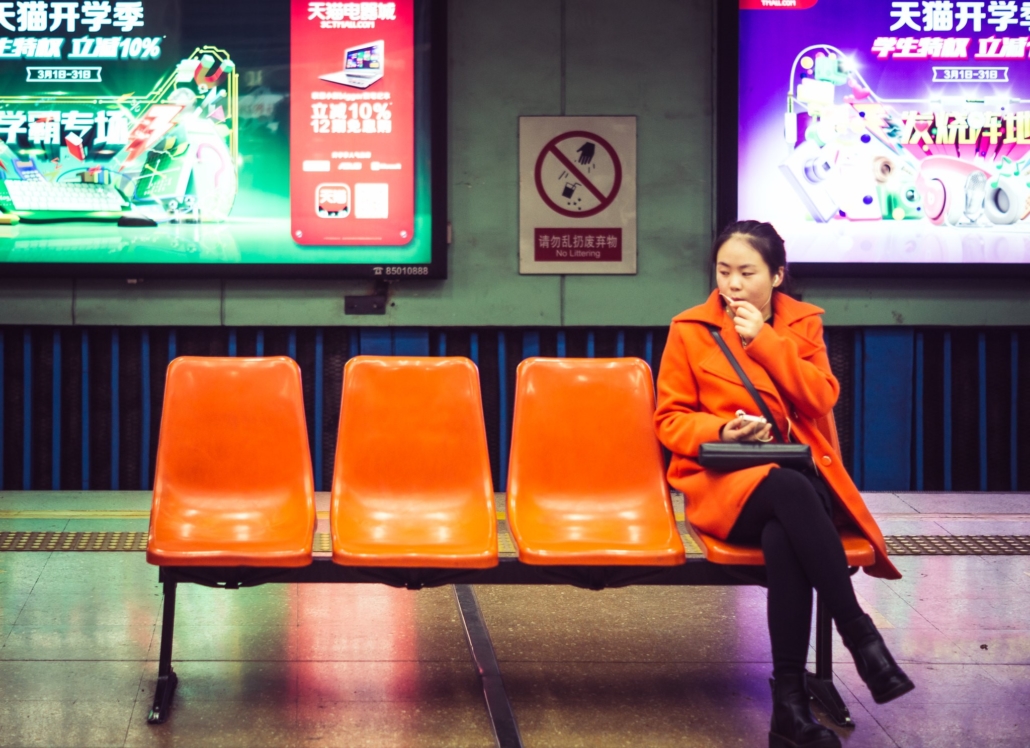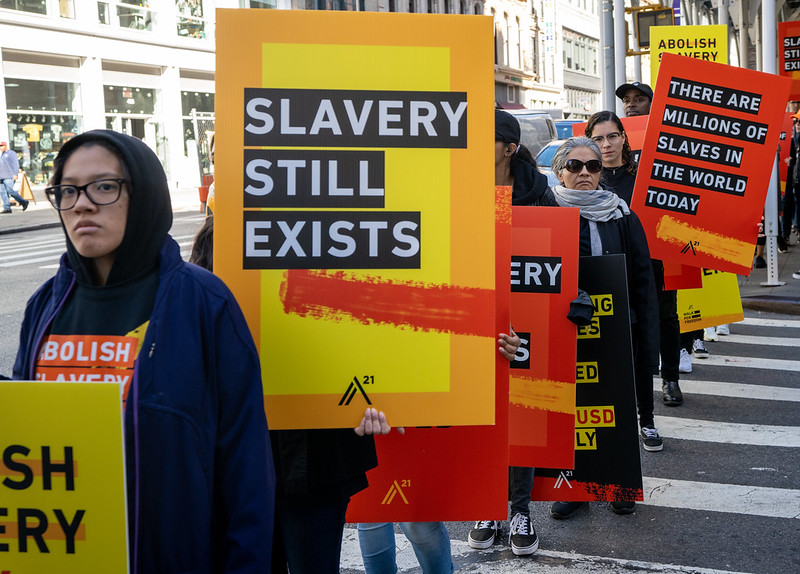 There are several reasons why people flee their home countries. War, persecution, climate disaster, hunger and extreme poverty all create circumstances that encourage people to seek out a better, more stable life. UNHCR noted more than 110 million forcibly displaced persons by the end of 2023. Human traffickers thrive amid global conflict, preying on displaced and vulnerable refugees. In a new host country, refugees may not be familiar with the legal system or language and are unlikely to have stable housing or income. The overwhelming majority of refugees reside within camps, with limited educational or job opportunities. Many are unable to gain legal status in their host country and are therefore unable to make an income.
There are several reasons why people flee their home countries. War, persecution, climate disaster, hunger and extreme poverty all create circumstances that encourage people to seek out a better, more stable life. UNHCR noted more than 110 million forcibly displaced persons by the end of 2023. Human traffickers thrive amid global conflict, preying on displaced and vulnerable refugees. In a new host country, refugees may not be familiar with the legal system or language and are unlikely to have stable housing or income. The overwhelming majority of refugees reside within camps, with limited educational or job opportunities. Many are unable to gain legal status in their host country and are therefore unable to make an income.
Human Traffickers’ Tactics
Traffickers take advantage of vulnerabilities, particularly situations of poverty, using deceptive tactics to lure refugees into fraudulent travel and employment arrangements. For example, women and girls are commonly presented with vague job opportunities, with the promise of financial stability, only to be sold, trafficked and abused. Smugglers who promise refugees a safe journey and admittance into host countries, often turn around and demand more money. With little to no money to give, it is not uncommon for smugglers to exploit displaced individuals through sex trafficking.
Women and Children at Risk
Displaced children become vulnerable to child marriage and sex trafficking in exchange for food or clothes. Syrian children are often subject to child marriage, including to members of various terrorist organizations. These arrangements can lead to sexual slavery and forced labor. Similar reports of Afghan girls forced into arranged marriages have existed since the Taliban takeover. It is not uncommon for Afghan girls to face further exploitation in sex trafficking by their new husbands.
Romania has received more than 80,000 Ukrainian refugees since February 2022, when Russia invaded Ukraine. In a World Vision survey in Romania, 97% of participants had heard of instances of human trafficking. Over half of these people have identified women as the most at-risk population.
According to the International Rescue Committee, by the end of 2022, 52% of all global refugees came from three countries; Syria, Ukraine and Afghanistan. All three of these countries are struggling with conflicts and authoritarianism. Conflict weakens a country’s political stability, hence increasing economic vulnerabilities. To properly address and shut down human traffickers thriving amidst global conflict, greater awareness surrounding authoritarian government structures is necessary.
Taking Action Against Human Trafficking
The Global Protection Cluster (GPC) is a “network of nongovernmental organizations (NGOs), international organizations and U.N. agencies, engaged in protection work in humanitarian crises including armed conflict and disasters.”
The GPC, in terms of human trafficking, aims to ensure that partners and governments tasked with protecting people from trafficking are well-equipped to handle the task. It created the Task Team on Anti-Trafficking in Humanitarian Action in 2017. The Task Team is co-led by the International Organization for Migration (IOM) and UNHCR. Task Team members include InterAction, the International Catholic Migration Commission (ICMC), the International Federation of Red Cross and Red Crescent (IFRC) and other major humanitarian organizations.
– Sophia Loizos
Photo: Flickr
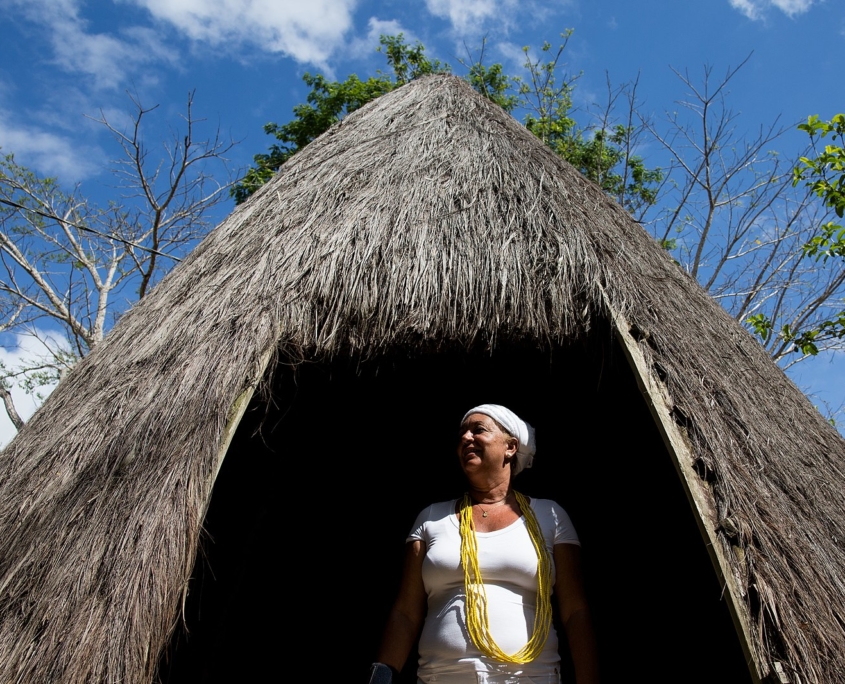 Brazil’s Quilombola communities consist of Africans and Afro-descended people who escaped slavery and established remote mountain communities called quilombos. In 2020, these communities were spread across Brazil and
Brazil’s Quilombola communities consist of Africans and Afro-descended people who escaped slavery and established remote mountain communities called quilombos. In 2020, these communities were spread across Brazil and 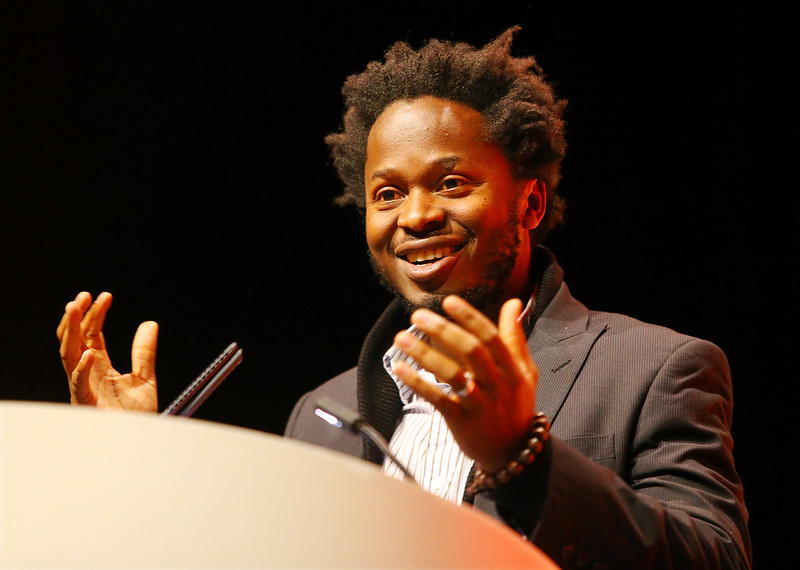 It is always a good time to start a new book. Reading improves memory and empathy and books are important gateways to learning something unfamiliar. Books can also provide intimate accounts of harrowing experiences such as human trafficking. In 2016, an estimated
It is always a good time to start a new book. Reading improves memory and empathy and books are important gateways to learning something unfamiliar. Books can also provide intimate accounts of harrowing experiences such as human trafficking. In 2016, an estimated 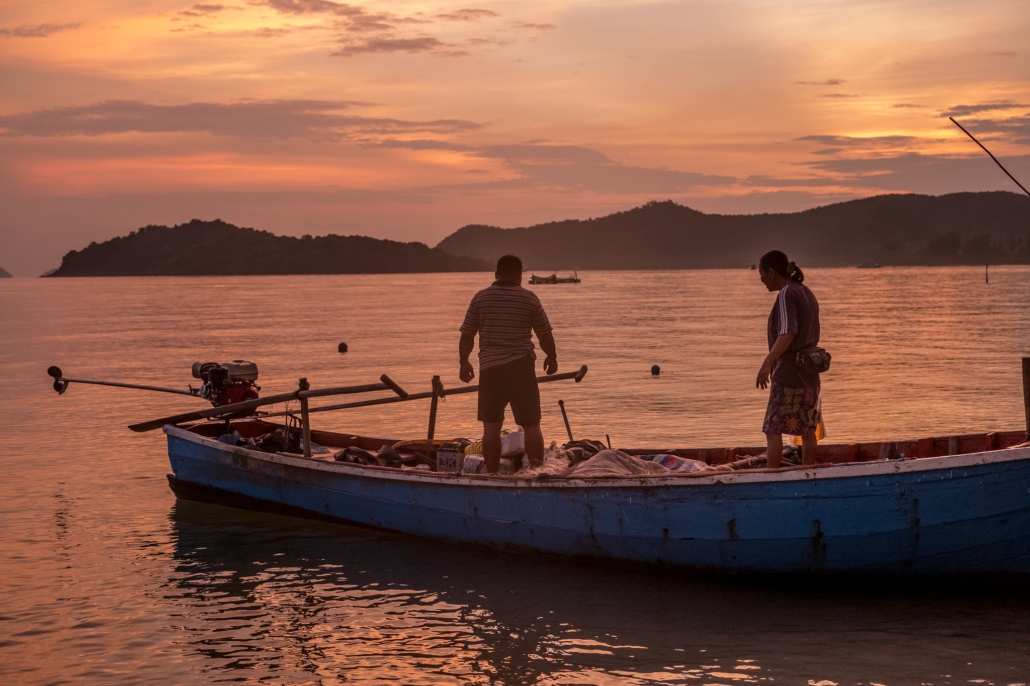

 Human trafficking is a persistent problem all around the world, including in the Hong Kong Special Administrative Region located in the People’s Republic of China. The Justice Centre Hong Kong produced a study in 2016 on human trafficking in Hong Kong and it was found that
Human trafficking is a persistent problem all around the world, including in the Hong Kong Special Administrative Region located in the People’s Republic of China. The Justice Centre Hong Kong produced a study in 2016 on human trafficking in Hong Kong and it was found that 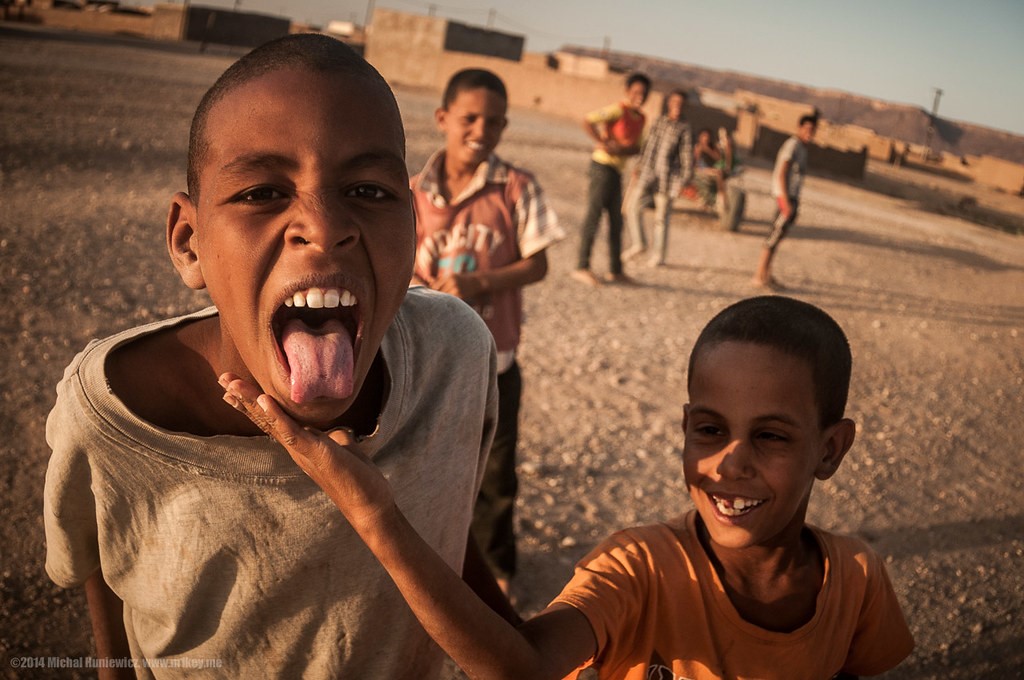
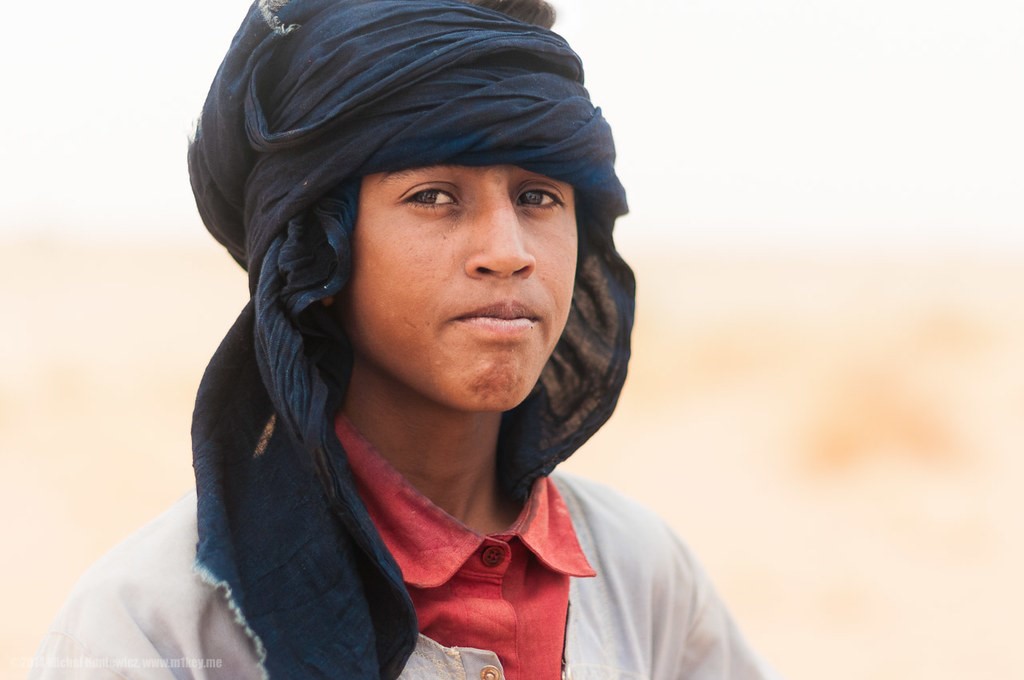
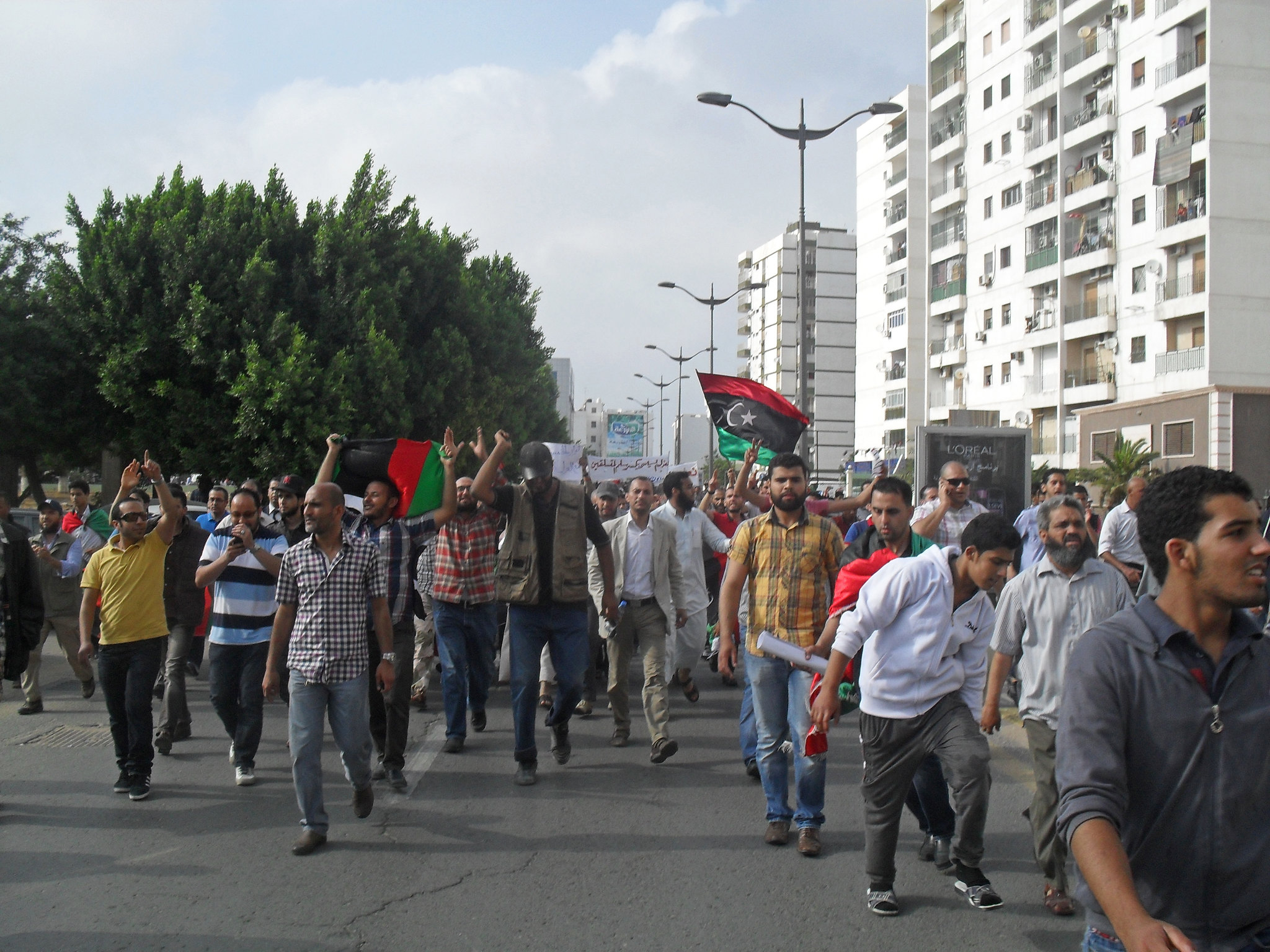 In the midst of the Black Lives Matter movement, an outbreak of news coverage uncovered the
In the midst of the Black Lives Matter movement, an outbreak of news coverage uncovered the 